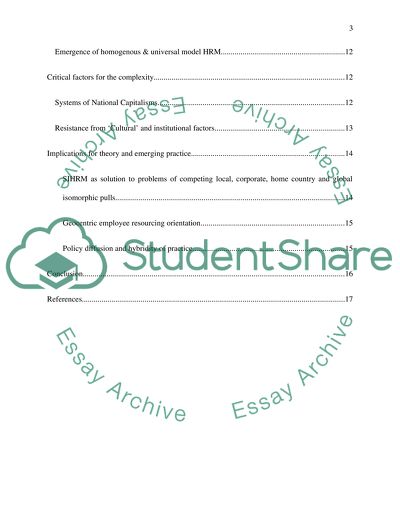Cite this document
(“International HRM Essay Example | Topics and Well Written Essays - 3000 words”, n.d.)
International HRM Essay Example | Topics and Well Written Essays - 3000 words. Retrieved from https://studentshare.org/human-resources/1692633-international-hrm-has-traditionally-been-concerned-with-how-international-organisations-resource-and-manage-their-human-resources-across-different-national-contexts-brewster-et-al-2011-13
International HRM Essay Example | Topics and Well Written Essays - 3000 words. Retrieved from https://studentshare.org/human-resources/1692633-international-hrm-has-traditionally-been-concerned-with-how-international-organisations-resource-and-manage-their-human-resources-across-different-national-contexts-brewster-et-al-2011-13
(International HRM Essay Example | Topics and Well Written Essays - 3000 Words)
International HRM Essay Example | Topics and Well Written Essays - 3000 Words. https://studentshare.org/human-resources/1692633-international-hrm-has-traditionally-been-concerned-with-how-international-organisations-resource-and-manage-their-human-resources-across-different-national-contexts-brewster-et-al-2011-13.
International HRM Essay Example | Topics and Well Written Essays - 3000 Words. https://studentshare.org/human-resources/1692633-international-hrm-has-traditionally-been-concerned-with-how-international-organisations-resource-and-manage-their-human-resources-across-different-national-contexts-brewster-et-al-2011-13.
“International HRM Essay Example | Topics and Well Written Essays - 3000 Words”, n.d. https://studentshare.org/human-resources/1692633-international-hrm-has-traditionally-been-concerned-with-how-international-organisations-resource-and-manage-their-human-resources-across-different-national-contexts-brewster-et-al-2011-13.


